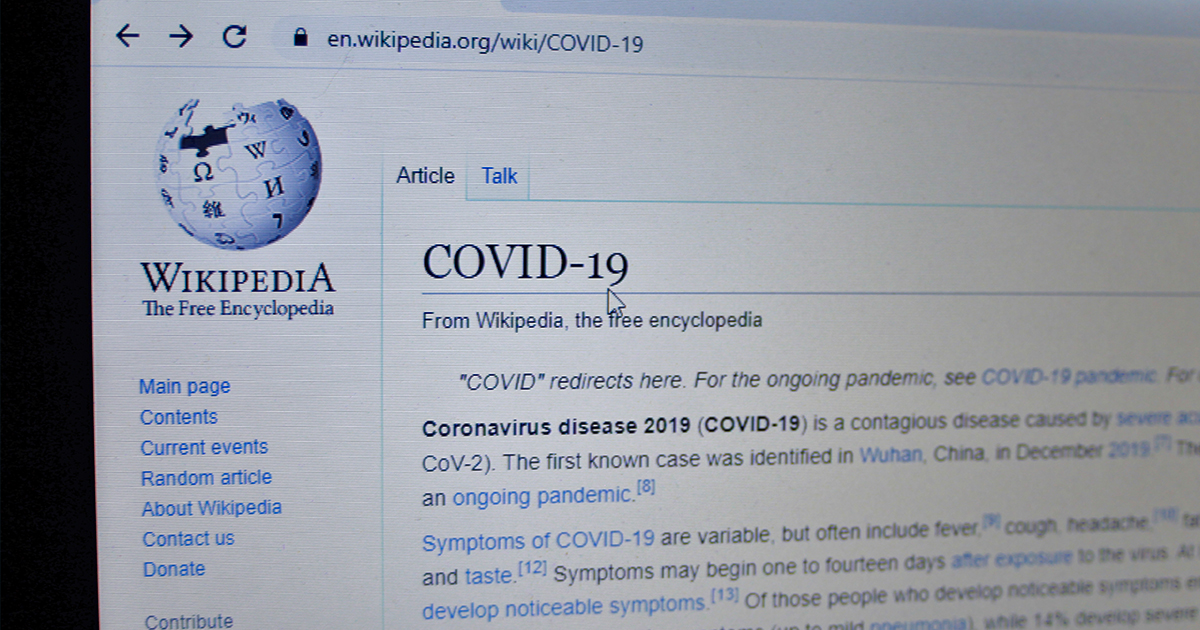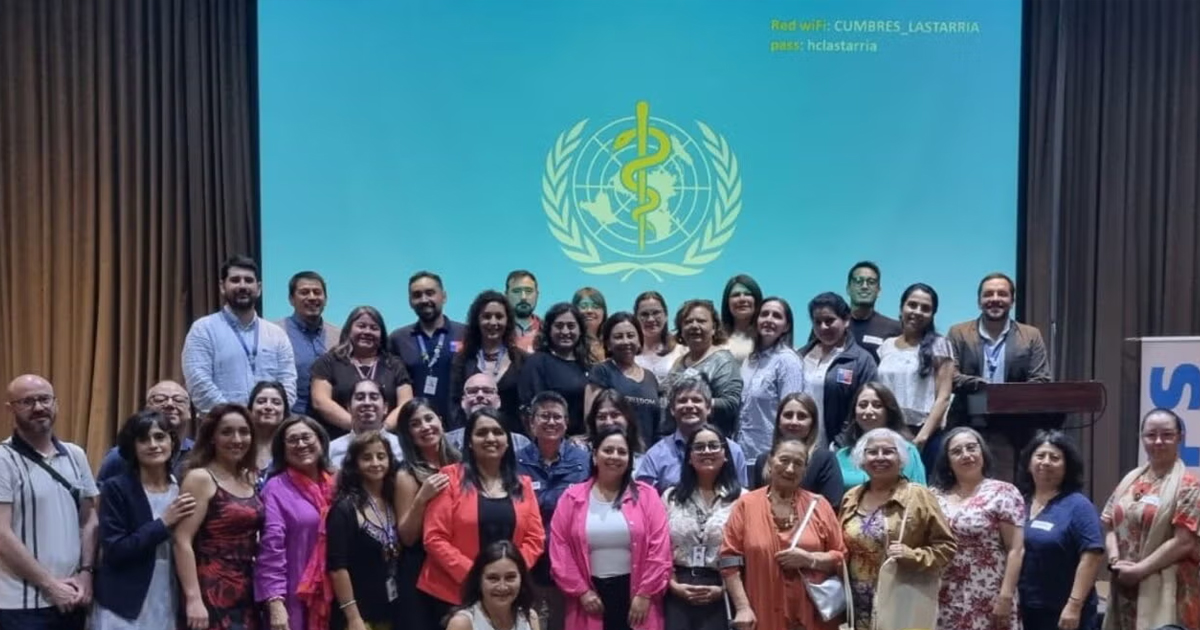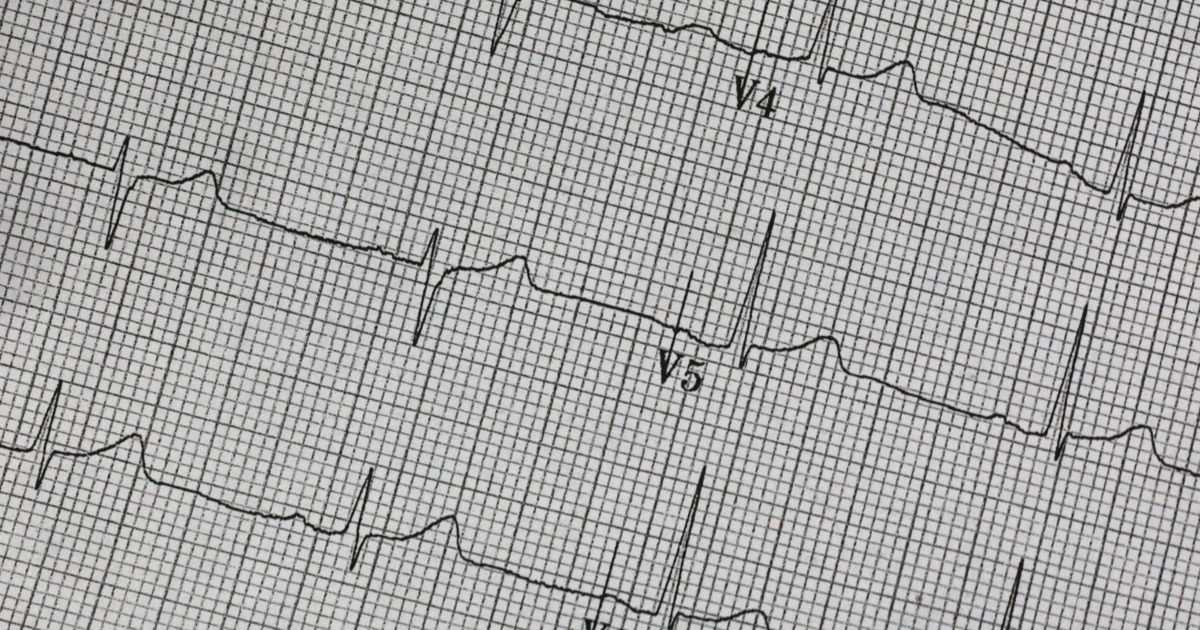Estudio Publicado en Journal of Medical Internet Research, analiza las tendencias de búsqueda y de artículos visitados en Wikipedia, durante la pandemia de COVID-19.
Actualmente gracias a la digitalización y el acceso masivo a Internet, es posible realizar monitoreos del interés público en línea. Este estudio presenta una prueba directa del uso por parte de la población, de una plataforma informativa como lo es Wikipedia, durante la pandemia de COVID-19.
El objetivo del estudio fue “identificar las tendencias de búsqueda temporal y cuantificar los cambios en el acceso a los artículos del Proyecto de Medicina de Wikipedia relacionados con la pandemia de COVID-19”.
El estudio fue realizado a través de un análisis retrospectivo de artículos médicos en nueve idiomas distintos disponibles en Wikipedia, así como estadísticas específicas de cada país sobre fallecimientos por COVID-19. “Los patrones observados se compararon con un modelo de pronóstico del uso de Wikipedia, que se entrenó con datos de 2015 a 2019. El modelo analizó exhaustivamente artículos específicos y similitudes entre los datos de recuento de acceso de antes (es decir, varios años antes) y durante la pandemia de COVID-19”, explican los autores en la publicación.

Fueron recopilados por los autores una lista de 37, 880 artículos de Wikipedia en inglés y se contabilizaron los accesos diarios desde el 1 de julio de 2015 hasta el 13 de septiembre de 2020, cifra que después fue limitada a 100 artículos que también corresponden a Wikipedia Medicine Project, estos se obtuvieron también en nueve versiones lingüísticas distintas: francés, alemán, sueco, holandés, ruso, italiano, español, polaco y vietnamita. De esta forma se obtuvieron datos de los accesos diarios desde julio 2015 hasta 13 de septiembre de 2020.
“Para identificar las desviaciones en la estabilidad de las visitas a los artículos, elegimos los artículos que exhibían los patrones de acceso menos alterados durante el período investigado”, explica el artículo.
En relación a la pandemia de COVID-19 y el posible incremento en el acceso a estos artículos los autores explicaron lo siguiente: “Primero, investigamos la asociación entre el acceso a Wikipedia antes y durante la pandemia de COVID-19. En segundo lugar, determinamos si había artículos específicos de interés antes y durante la pandemia de COVID-19 (es decir, excluyendo los años que estaban asociados con otras epidemias que fueron cubiertos en los medios). También investigamos si el número total de muertes globales y regionales resultantes del SARS-CoV-2 se relacionó con un mayor acceso a artículos de interés durante la pandemia de COVID-19”.
Los patrones de búsqueda fueron identificados y analizados, haciendo distinción entre antes y durante la pandemia, “realizamos análisis de agrupamiento no supervisados por separado para los períodos 2017-2019 y 2020. Se excluyó el período 2015-2016 debido a la posible influencia de la epidemia del virus del Zika, que podría haber promovido intereses en la población en general similares a los intereses durante la pandemia de COVID-19. Como tal, pudimos identificar artículos de interés de los usuarios durante los períodos 2017-2019 y 2020”.
Finalmente, se obtuvieron resultados importantes, fue posible observan un aumento significativo en el número de artículos médicos durante la pandemia. “El mayor interés en los artículos relacionados con COVID-19 se correlacionó temporalmente con el número de muertes por COVID-19 en todo el mundo y se correlacionó de manera constante con el número de muertes por COVID-19 específicas de la región”.
Como conclusión los autores explicaron que el interés en los artículos médicos de Wikipedia, podría ser un método viable para el análisis y vigilancia epidemiológica, al proporcionar información relevante sobre el interés de la población. De hecho, hace unos meses fue publicado un artículo sobre advertencias tempranas de brotes de COVID-19 a través de Twitter, resaltando la importancia de las acciones de los usuarios en la red y cómo puede ser útil para controlar los brotes futuros. Adicionalmente, Wikipedia cuenta con referencias externas de información valiosa a las que los usuarios podrían ser redirigidos para consultar la información completa.
Puedes encontrar el estudio completo aquí: https://www.jmir.org/2021/4/e26331







